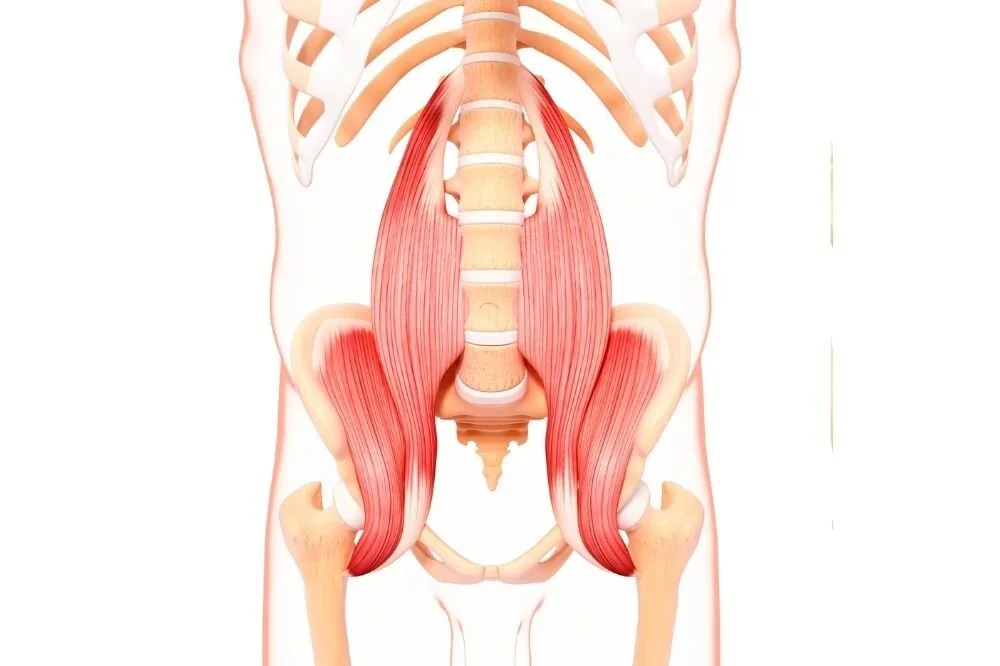The Psoas: What Is it? Is it Causing Your Pain? How to stretch & strengthen your psoas
What is the Psoas?
The psoas (pronounced So-As) is one of the deepest muscles in the body and is the only muscle directly attaching your spine to your legs. Its strength and resiliency directly affects your structural alignment, posture and mobility.
Originating from the T12-L5 vertebrae of the spine (essentially the entire area of your low back), the Psoas Major runs down and forward over the front of the pelvis and attaches to the inside of the Femur (your thigh bone) at the lesser trochanter (a bony knob on the bone).
You may also hear it referred to as the Iliopsoas. This term groups the psoas together with another muscle, the Iliacus, which shares the same attachment at the lesser trochanter. You can see both in the illustration to the right.
The fascia (connective tissue) of the psoas blends into the diaphragm and transverse abdominus (the deepest layer of abdominal muscles responsible for stabilizing the spine). It not only helps hold you up - it plays a role in how well you breathe.
What does the psoas do?
The Psoas has two main functions:
Hip flexor - it brings your thigh up and towards your torso
Lumbar spine stability & movement - side bending, rotating and flexing (rounding) the low back
Could a Tight Psoas be Causing Your Pain?
If you’ve ever tried to stand up after a long flight or car ride and found it difficult to straighten up, you’ve experienced a tight psoas. Common causes of chronic psoas tightness are poor standing and sitting posture (or simply sitting too much) as well as overuse from activities like running and cycling. Stress can also trigger and tighten the psoas.
A chronically tight psoas can lead to pain in the low back, sacroiliac (SI) joints, knees, hips and groin as well as conditions like sciatica, disc problems, scoliosis, hip degeneration, adrenal gland depletion and digestive issues.
How to Release, Stretch and Strengthen the Psoas
Chronic psoas tension can be soothed through a combination of awareness, alignment, breathing and specific movements. Pilates and yoga include several exercises to release, stretch and strengthen the psoas. Doing so will ease pain and stiffness, improve posture and increase mobility so you can walk, run and move with greater ease.
Pilates Workouts for Psoas Relief and Strength
Both of these classes feature my favorite tool for stretching and gently working the Psoas - a foam roller.
Yoga Poses to Stretch and Strengthen the Psoas
Low Lunge
Low Cobra and Cobra Over the Roll
High (Crescent) Lunge
Warrior 1
Elbow to Knee
Bridge and Bridge Over a Block
Uddiyana with Back Traction
Frog or Half-Frog Over the Roll
Maine Coon (Lizard Pose)
Arrow Lunge
Prelude to Wave Dancer (various stages)
Lunge Heel to Butt
Pigeon Pose
Lunges at the Wall
Half-Bow Pose
